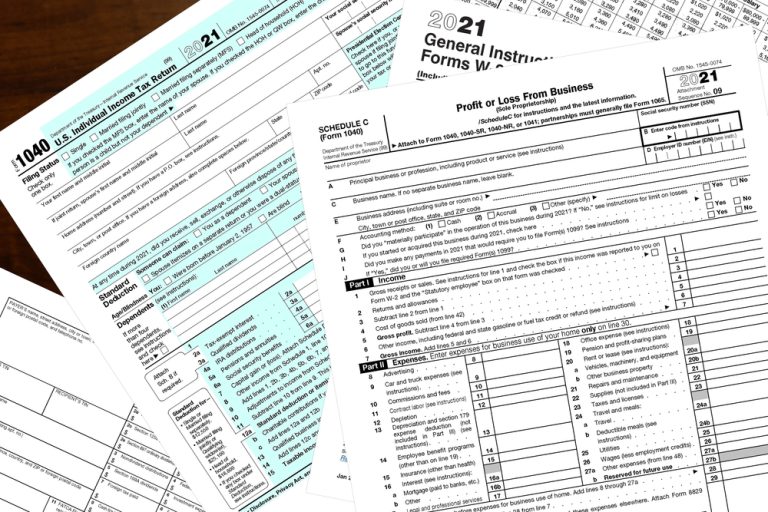We use cookies to enhance your experience and improve our services and our website’s functionality. By continuing to use our website, including remaining on the landing page, you consent to our use of cookies. For more information see our Cookie Notice.
Virtually every employer will be contacted at some point by a potential new employer of an ex-employee, seeking information regarding the ex-employee. How much information should the employer give? Should the employer simply provide confirmation of the dates of employment, or should an honest evaluation of the ex-employee’s performance be given, or should the employer refuse to give any information whatsoever? The answer, as so often happens, is not as simple as it may seem.
Generally, employers have a qualified privilege for employment references, meaning an employer should be immune from liability for giving truthful information regarding a former employee. However, this may be cold comfort when an employer is later sued by the former employee for defamation or interference with a prospective business relationship, claiming that the information given was inaccurate or misleading. Unfortunately, by the time it is shown to a court that there can be no liability for the statements made by the employer, tens of thousands of dollars can easily have been spent in defense of the lawsuit, never to be recovered.
The threat of such lawsuits from former employees has led many employers to adopt policies against providing any information other than the basics: confirmation of employment, dates of employment, position and final salary or wage rate. Some employers have even created automated systems to give out this limited information.
However, what if an employer believes that the former employee poses a substantial, foreseeable risk of harm to others? For example, if an employer fired an employee for embezzlement and then later receives a call from a company considering hiring the employee to head up its accounts receivable department, is the former employer charged with an affirmative duty to warn the new employer? What if the former employer is a school district that terminated a teacher after receiving complaints of inappropriate sexual misconduct and the potential new employer is another school district? Does the former employer have an increased duty to provide the negative information to the potential new employer?
The answer: probably not, though “negligent referral” cases are on the rise. One thing, however, is clear: if an employer chooses to give any information (other than the basic “name, rank and serial number”), that information should be accurate, precise, and complete. In Randi W. v. Muroc Joint Unified School District, 929 P. 2d 582 (Cal. 1997), three separate school districts, despite allegedly having knowledge of complaints regarding a former employee’s misconduct with students, provided letters of recommendation for their former employee. After a fourth school district hired the former employee, the employee molested a thirteen year old child. The child sued the three former school districts, asserting that if they had not provided positive recommendations for the former employee, the fourth school district would not have hired him and she would not have been harmed. The California Supreme Court held that an employer writing a letter of recommendation owes third persons “a duty not to misrepresent the facts in describing the qualifications and character of a former employee, if making these misrepresentations would present a substantial, foreseeable risk of physical injury to the third persons.” Id. at 591.
In another case, Davis v. The Board of County Commissioners of Dona Ana Co., 987 P. 2d 1172 (N.M. Ct. App. 1999), a mental health technician employed by the county was investigated for allegedly sexually harassing female inmates under his authority at a detention center. The investigation revealed inappropriate conduct, and the technician was informed that disciplinary action would be sought at a hearing scheduled by the employer. The technician voluntarily resigned before the scheduled hearing. Upon his resignation, the employee asked for a letter of recommendation. Inexplicably, the employer agreed, giving the employee a glowing recommendation. The employee was later hired by a psychiatric hospital, where he physically and sexually abused a patient. The patient sued the county (the former employer) for negligent misrepresentation, claiming that the psychiatric hospital would not have hired the technician if the county had not given him a favorable recommendation. The New Mexico Court of Appeals, after first recognizing that “there is generally no affirmative duty to prevent criminal acts by a third party in the absence of some special relationship or statutory duty,” found that “once the County elected to offer a recommendation, it had a”duty to exercise reasonable care.” Id. at 1177 and 1180.
The bottom line is that employers still are safer providing only very basic information regarding former employees. If an employer chooses to give additional information, the information given must be full, complete and accurate. Finally, if an employer believes that an employee creates a risk of harm to others, the employer should immediately seek legal advice so that a plan of action can be implemented that decreases the risk of harm to employees or other third parties without increasing the risk of litigation.
One final thing: it is a good idea to have a carefully drafted and consistently followed reference checking policy so that employees know what to do when a prospective employer calls for a reference. The policy should give clear directions as to who has authorization to provide references for former employees and what information may be provided. The policy could require a signed authorization from the former employee before releasing any information; this signed authorization would release the former employer from liability for providing documents to the prospective employer. Generally, if a former employee has signed a release of liability and the former employer has provided documents that the former employee had signed (i.e., performance evaluations), the former employer would not have to offer any opinions or thoughts about the former employee since the documents would speak for themselves. The former employee then would have an opportunity to offer his or her own opinions regarding the documents bearing his or her signature.
If you have a question about how much, if any, information to give when you are requested to give a reference for a former employee, or if you would like assistance in drafting a reference checking policy, please contact one of the labor and employment lawyers at RumbergerKirk, P.A.
RumbergerKirk provides litigation and counseling services in a wide range of civil practice areas including products liability, commercial litigation, construction, intellectual property litigation, environmental, labor and employment, insurance coverage and bad faith, professional liability, health care and administrative law. Offices are located in Orlando, Tampa, Miami, Tallahassee and Birmingham, Alabama. For more information, please visit our website at www.rumberger.com.
2008 RumbergerKirk, P.A. All Rights Reserved.
Latest Insights
See All InsightsDrag








